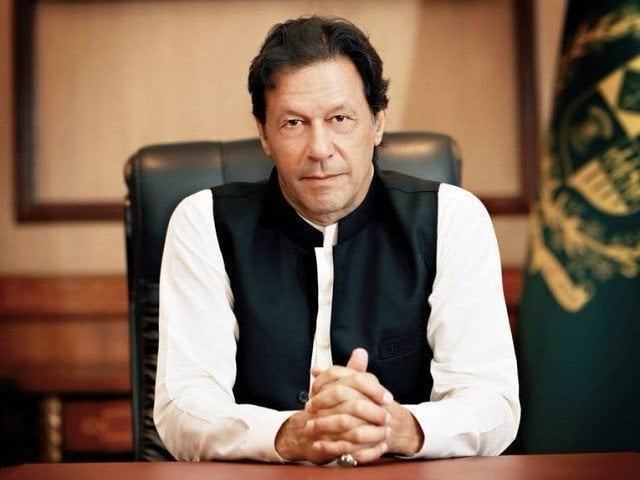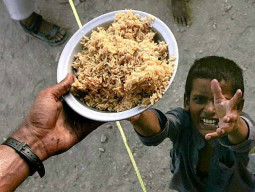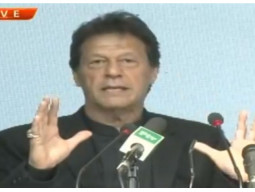
About 16 government and semi-government organisations will liaison with the office of special assistant on poverty alleviation and social protection, said sources in the PM Office.
Dr Ashfaque Hasan Khan, a member of the Economic Advisory Council, is likely to be appointed as the special assistant to implement this strategy.
Imran has already approved the strategy and now a summary will be sent for seeking approval of the federal cabinet to establish the unit at the PM Office, stated the sources.
The new institutional arrangement is being considered after the proposal to set up the Poverty Alleviation and Social Protection Authority by merging all the existing government organisations turned out to be unfeasible due to legal obstacles, according to people privy to the developments.
Pakistan intends to replicate Malaysian economic model: PM Imran
The authority could not be set up because organisations like the Employees Old Age Benefits Institution, Workers Welfare Fund and Benazir Income Support Programme were working under various laws of parliament.
In the new setup, organisations like the Pakistan Poverty Alleviation Fund and Pakistan Baitul Mal will also report to the special assistant.
The idea to set up the council on poverty has also been rejected as it is not acceptable to all the stakeholders, according to the sources. A summary in this regard was prepared by the Ministry of Planning and Development, which was opposed by a handful of stakeholders.
The new strategy on poverty is a replica of the Chinese strategy that helped lift 700 million people out of poverty. The government aims to move away from the cash disbursement strategy to a ‘differentiated strategy’.
Pakistan 'desperate' for Saudi loans to shore up economy: PM Imran
The proposed strategy is also focused on ending the monopoly of existing players who have turned the task of poverty alleviation into a profitable business for themselves. Less than half a dozen people, sitting at some key organisations, have minted huge amounts of money over the past two decades. These well-entrenched people may try to create obstacles in the way of executing the new strategy.
The government will also face some genuine problems because under the constitution some of the subject matters fall within the jurisdiction of provinces. But in three provinces, the Pakistan Tehreek-e-Insaf (PTI) is in power.
The new strategy will also target people living in rural areas through intervention in the agriculture sector. The new office will do district-wise mapping of poor people.
The poverty unit will also coordinate to improve the skill sets for technical education, increase employment opportunities, enhance access to financial assistance for promotion of small-sized businesses and provide inexpensive accommodation, social protection and Sehat Insaf Card.
Officially, the poverty level in Pakistan declined to 24.3% in 2015-16, according to the Pakistan Economic Survey 2017-18 released in April this year. In absolute terms, 50.4 million are recognised as poor.
Over the last decade, Pakistan’s poverty headcount has declined persistently both at national and regional levels, it added.
But independent reports, which use different methodology, paint a bleak picture. According to the latest World Bank report titled ‘State of Water Supply, Sanitation and Poverty in Pakistan’, Balochistan has by far the highest rural poverty rate, with more than 62% of its rural population living below the poverty line.
According to the multidimensional poverty index of the United Nations, half of the country’s population lives in poverty and lack access to basic needs of education and health. A majority of the rural population (54.6%) lives in acute poverty.
Published in The Express Tribune, December 16th, 2018.
Like Business on Facebook, follow @TribuneBiz on Twitter to stay informed and join in the conversation.































1714024018-0/ModiLara-(1)1714024018-0-270x192.webp)









COMMENTS
Comments are moderated and generally will be posted if they are on-topic and not abusive.
For more information, please see our Comments FAQ